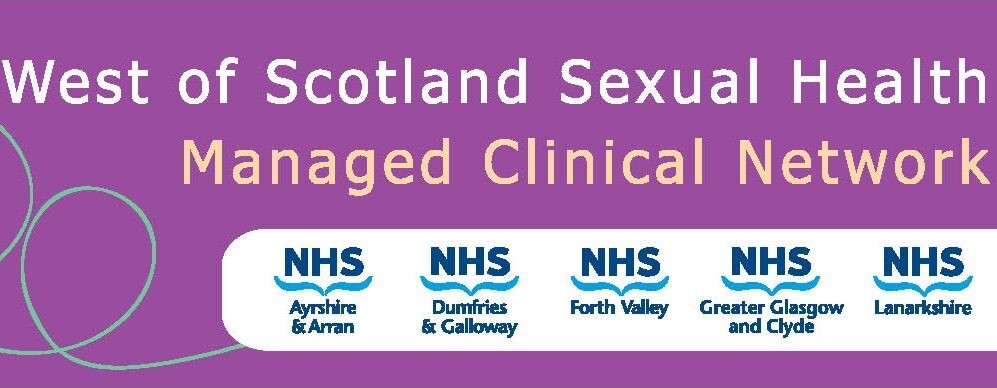- Itch
- Identifying the eggs or crab louse (tan/grey in colour) or faecal specks (black)
- Occasionally some individuals can have prolonged, asymptomatic infestation
Pubic Lice

Warning
What’s new
- First line treatment to include advice about Vaseline
- Axilla included in areas to be treated
Introduction
The crab louse (phthirus pubis) is transmitted by close body contact. Affects coarse hair of the pubic area, body, and rarely the eyebrows and eyelashes.
Incubation period is usually between 5 days and several weeks.
- Finding the adult lice and/or eggs seen in affected areas - a magnifying glass may help. Eggs adhere to the hair.
- Blue macules (maculae caeruleae) may be visible at feeding sites.
- Examination under light microscopy can confirm the exact morphology.
- NB: May also affect eyelashes and eyebrows.
General advice
- Avoid close body contact until they and their partner(s) have completed treatment.
- Give detailed explanation of the condition, and clear and accurate written information on applying the treatment. All surfaces of the body should be treated, including the scalp, neck, and face (paying particular attention to the eyebrows and other facial hair).
- Offer STI testing.
First line treatment
- Malathion 0.5% aqueous lotion (Derbac M): apply over whole body (dry) and wash off 12 hours later. Give 100ml.
- Repeat after 7 days.
- Eyelashes: Simple eye ointment BP can be applied to eyelash and eyelash root bd for 8-10 days, this avoids any eye irritation that may occur if using an insecticide (not Vaseline as this can irritate the
eyes)
- Consider advising shaving particularly hairy areas prior to treatment.
- Lotions should be applied to all body hair, including the beard, moustache, and eyebrows, but excluding scalp (pubic lice do not attach to soft head hair).
- Following treatment, if nits are still attached to the hair shaft then these can be removed by a fingernail or a fine tooth comb.
- To kill any lice or nits remaining on clothing, towels, or bedding, machine-wash and machine-dry those items that the infested person used during the 2 to 3 days before treatment. Use hot water (at least 50°C) and the hot dryer cycle.
- Items that cannot be laundered can be dry-cleaned or stored in a sealed plastic bag for 2 weeks.
- Mattresses should be vacuumed.
Alternative regimes
Permethrin 5% cream (Lyclear Dermal cream). Apply over whole body and wash off after 12 hours. Repeat at 7 days. Permethrin is not licensed for those under 18 years of age. Give 30 to 60g.
Partner notification
- Advise treatment of current sexual partners.
- Partner notification of partners from the previous 3 months.
Follow up
- Advise client to re-examine 1 week after final treatment.
- Advise client that dead nits may remain adherent to hairs and can be removed with a special comb.
- Treatment failures should be given the alternative from the above list, also ensure that application has been correct. Phenothrin is an alternative but the alcohol base may be irritant to the genital area.
- BASHH Guidelines [Internet]. SAGE Publications Ltd. United Kingdom National Guideline on the Management of Phthirus pubis infestation: [2007; cited 2023 Sept]. Available from: https://www.bashhguidelines.org/media/1074/28.pdf